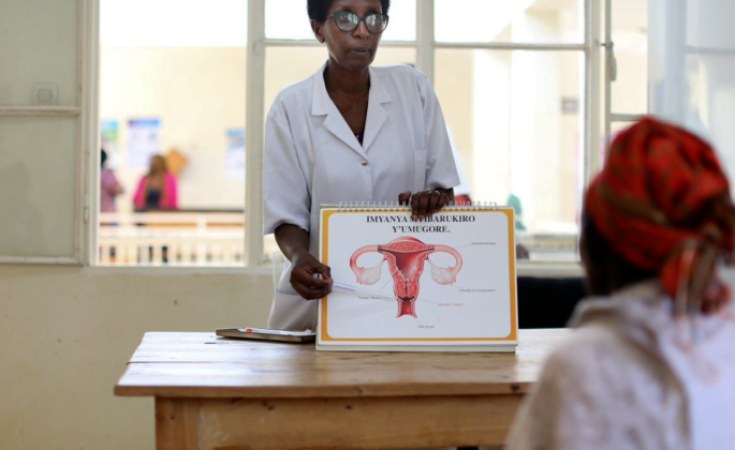Key points
- Unitaid's latest technology landscape report, launched today at the World Cancer Congress in Geneva, is a comprehensive repository of existing technologies - and promising new tools on the horizon - for screening, detection, and treatment of cervical precancerous lesions.
- Approximately 350,000 women die from cervical cancer a year. About 94% of those deaths occur in low- and middle-income countries, where screening and treatment rates are low.
- Cervical cancer can be cured if diagnosed at an early stage and treated promptly, but until recently, many of the available tools to detect and treat cervical cancer were unaffordable or ill-suited for low-resource settings.
- Coupled with vaccination efforts, cervical cancer can be eliminated within our lifetime if programs adopt these screening and treatment technologies as part of comprehensive prevention strategies and at scale.
Geneva - Unitaid's latest technology landscape report, launched today at the World Cancer Congress in Geneva, provides a comprehensive overview of existing technologies - and promising new tools on the horizon - to improve early detection and treatment of precancerous lesions that lead to cervical cancer, a leading killer of women worldwide.
Every minute and a half, a woman dies of cervical cancer - 350,000 a year. Almost all, or about 94%, of those deaths occur in low- and middle-income countries, largely due to a lack of access to timely detection and treatment options. Cervical cancer can be cured if diagnosed early and treated promptly, but until recently, many of the available tools to detect and treat cervical cancer were unaffordable or ill-suited for low-resource settings.
The latest report in Unitaid's technology landscape series, "Screening and treatment of precancerous lesions for secondary prevention of cervical cancer" serves as a leading repository of tools, case studies and evidence. It contextualizes technologies within the framework of what works in low- and middle-income countries, alongside the latest recommendations from the World Health Organization (WHO). The report focuses on tools for screening, diagnosis, and treatment of precancerous lesions, alongside future technologies such as AI-powered screening.
"These are not science fiction. These are transformative technologies that have been proven to work and that we firmly believe are the solutions for any context where women live and get health care," said Smiljka de Lussigny, Unitaid's cervical cancer portfolio lead. "We know this because we've worked with these products in low- and middle-income countries, developed evidence and case studies on what worked in programs we've funded, and helped stabilize the health products market in terms of prices and availability."
Unitaid has invested over US$81 million since 2019 in supporting national programs in low- and middle-income countries to introduce these new technologies to detect and treat precancerous lesions. These include testing for human papillomavirus (HPV), the virus causing cervical cancer; self-collection methods that can be used outside health clinics; and lower-cost, portable, and easy-to-use thermal ablation devices for precancer treatment. Thanks to Unitaid's market-shaping approach, the cost of HPV tests has been reduced by 40% and thermal ablation devices by 45%.
In 2020, WHO launched the "Global Strategy to Accelerate the Elimination of Cervical Cancer" based on three critical pillars: vaccination, screening and precancer treatment, and cancer treatment. While a vaccine for HPV has been available for over a decade, coverage rates in low- and middle-income countries are far from the 90% target set by the WHO elimination strategy. Vaccination programs target girls aged 9-14, leaving most adult women vulnerable to infection and at risk of developing cervical cancer. To achieve cervical cancer elimination in the shortest timeframe and with maximum impact, vaccination needs to be implemented hand in hand with screening for women. Country leadership is key, particularly in supporting and sustaining screen and treat programs.
"Even if we achieve full vaccination coverage, screening services will be needed for decades to protect unvaccinated women from dying of cervical cancer," said de Lussigny. "To do this, we need affordable and accessible tools to reach every woman, no matter where she lives. Unitaid's new report captures the wealth of existing tools available now, while also highlighting exciting future possibilities. We have no excuse for inaction. The technology exists to help us reduce and eliminate cervical cancer deaths in countries where the need is greatest."


